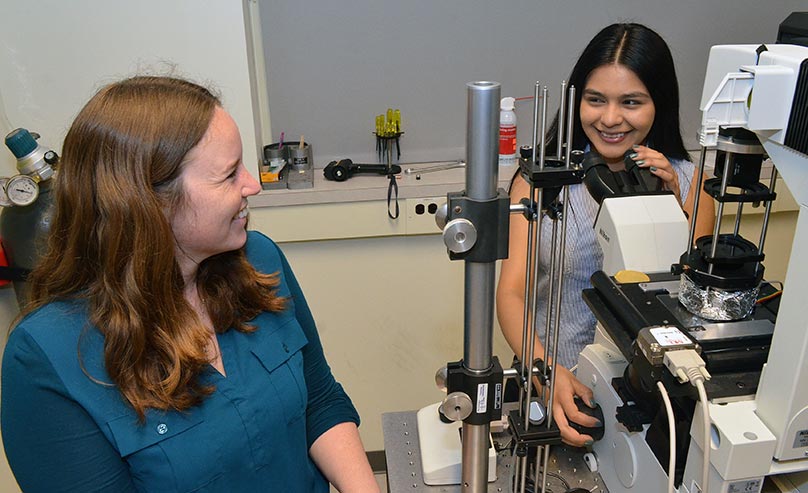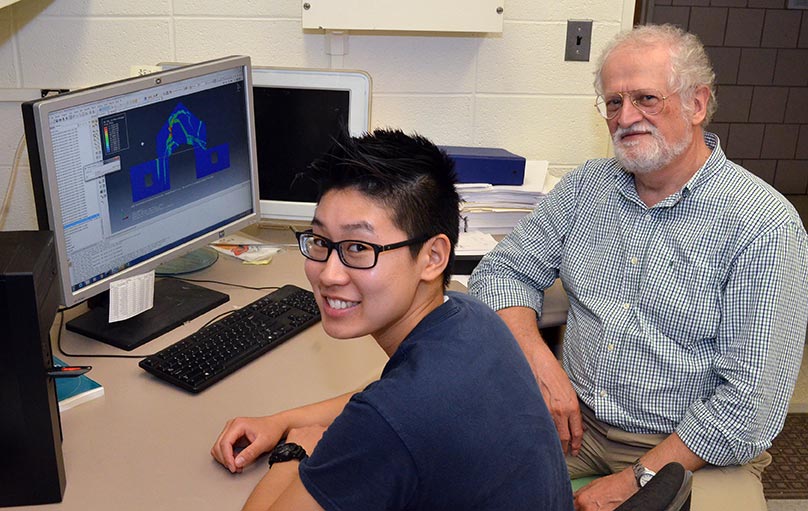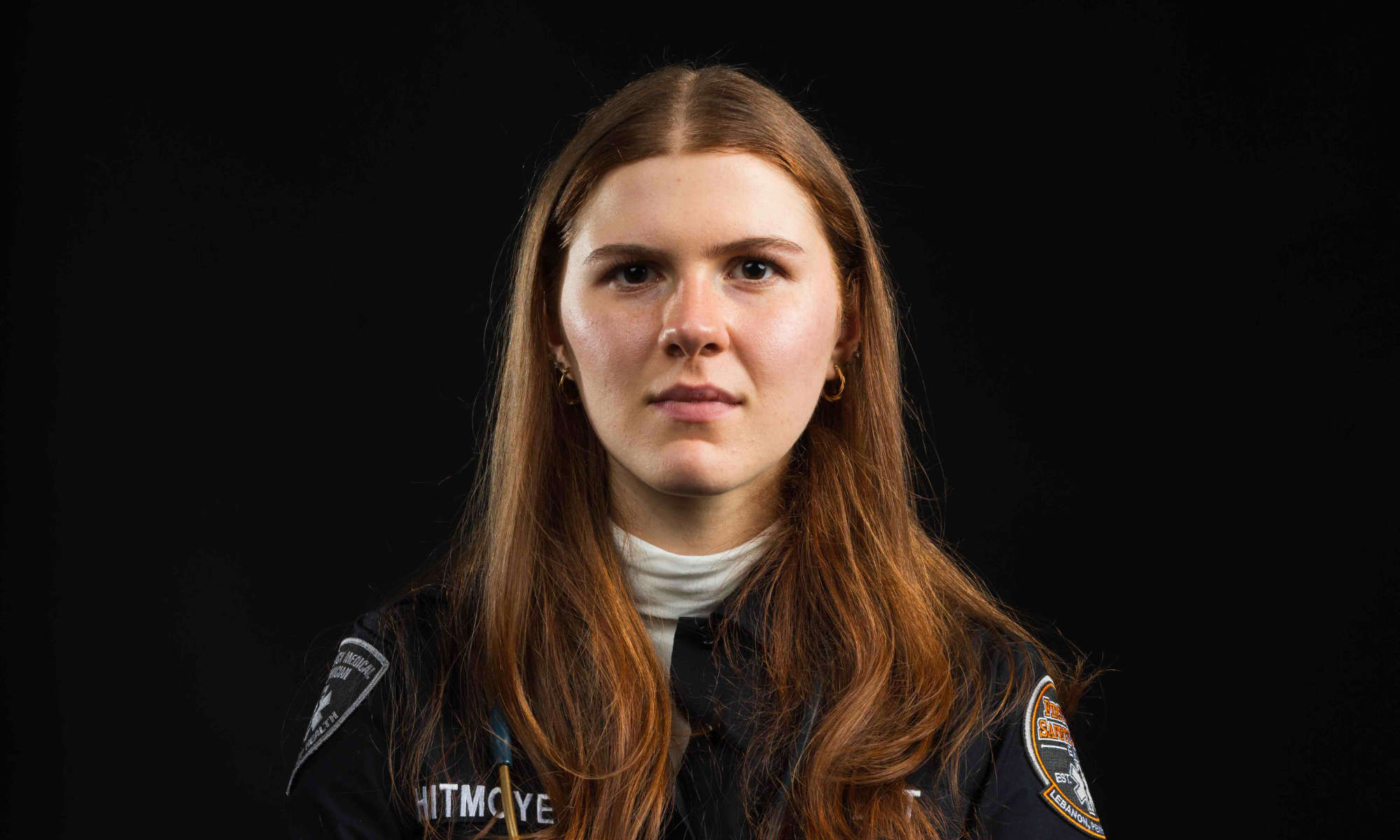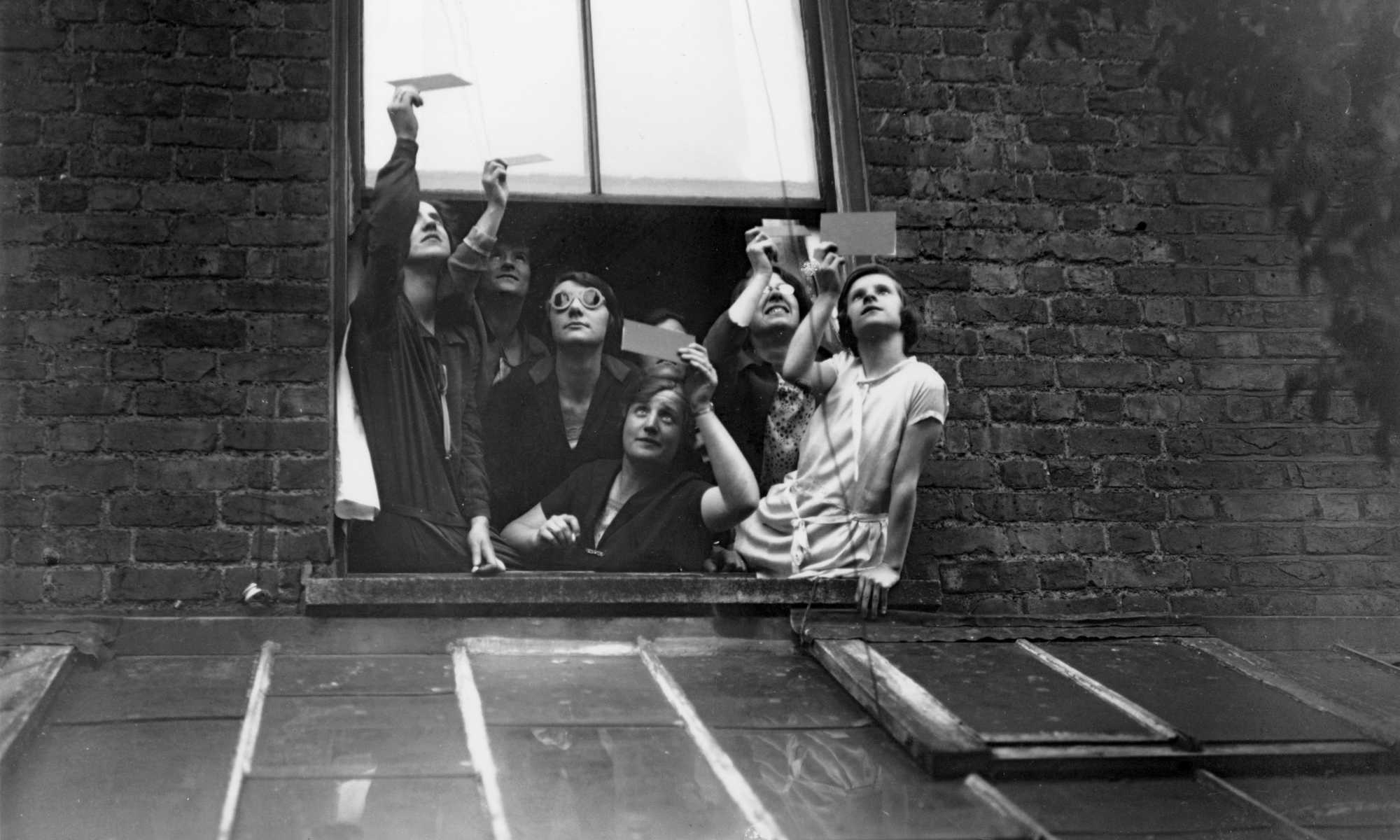Nancy Aguilera is spending the summer testing a novel use of laser beams to measure the size distribution of organelles within a cell.
As a result of working in optics professor Andrew Berger’s lab, the rising junior in optical engineering has gained “a new perspective” about possibly going on to graduate school. “Before I didn’t know what to expect,” she said. “Now I do.”
This is her first research experience, thanks to the Xerox Engineering Research Fellows program.

Yiheng Zhou, a rising senior in computer science, is data mining this summer. Working in the lab of Jiebo Luo, associate professor of computer science, Zhou is analyzing Instagram messages to see whether a broad range of risky behaviors correlate to drug use.
This is not his first research experience. However, as a Xerox fellow, it is his first opportunity to truly immerse himself in a research project.
“During the academic year it is hard to find the time to put all of your effort into research,” he explained. “You feel like you want to be doing this all the time, and the program this summer is a perfect opportunity to do so.”
Twenty-five other students in the Hajim School of Engineering & Applied Sciences successfully competed to participate this summer in the Xerox fellows program. They will showcase their projects at a poster session starting at 9 a.m. Friday, July 29, in the Munnerlyn Atrium at Goergen Hall.
The program “is a fabulous experience for the students who are able to participate,” said Steven Manly, director of undergraduate research for the College. It is one of many examples of the University’s commitment to providing research experiences for undergraduates. This summer, for example, the College is helping to support 130 other undergraduates pursue research in Rochester and elsewhere through the REACH and Research and Innovation Grant programs.
“Research is an extremely valuable and formative experience for the students,” Manly said. “The projects are far less compartmentalized than what they see in the classroom. These experiences give the students more depth in their understanding of the discipline, an opportunity to hone their problem solving skills, and a chance to explore potential career paths.”
Now in its seventh year, the Xerox fellows program is part of the University’s David T. Kearns Center for Leadership and Diversity, and is funded through the Xerox Foundation. Of the 184 students served by the Xerox Engineering Research Fellows Program since 2009, a total of 39 percent are female and 24 percent are underrepresented minority students. Of those who have graduated, 61 percent have enrolled in graduate school.
“It’s an incredible accomplishment for these students,” said Mark Conlin, president of the Xerox Foundation. “The body of ground-breaking research led by this group of young men and women underscores the value of our investment in each of them and the program. Further, it’s a testament to the partnership between Xerox and the University of Rochester. For decades, we have been committed to driving innovation and inclusion in the fields of engineering and science. We look forward to continuing our work with the University. They are an exceptional team of students and faculty.”
In addition to hands-on research experiences, the program also offers seminars and training sessions — on taking the Graduate Records Examination, for example — to support fellows who want to go on to graduate school.
Caressa Chen, now a medical student at the University of Buffalo, said her 2012 Xerox fellowship in the lab of Danielle Benoit, associate professor of biomedical engineering, benefited her in “countless ways,” helping her along the path to an eventual NIH research training grant and a Sarnoff Cardiovascular Research fellowship. “The Xerox program gave me the first opportunity to explore interests which ultimately led to my desire to become a physician-scientist.”
Faculty members, who volunteer as mentors, and their PhD students also benefit when top undergraduates contribute to their research. Many of the Xerox fellows continue their projects into the following school year, leading to papers that are presented at conferences or published in journals.

“They learn and I learn,” says Renato Perucchio, professor of mechanical engineering, who has mentored eight Xerox fellows over the years.



